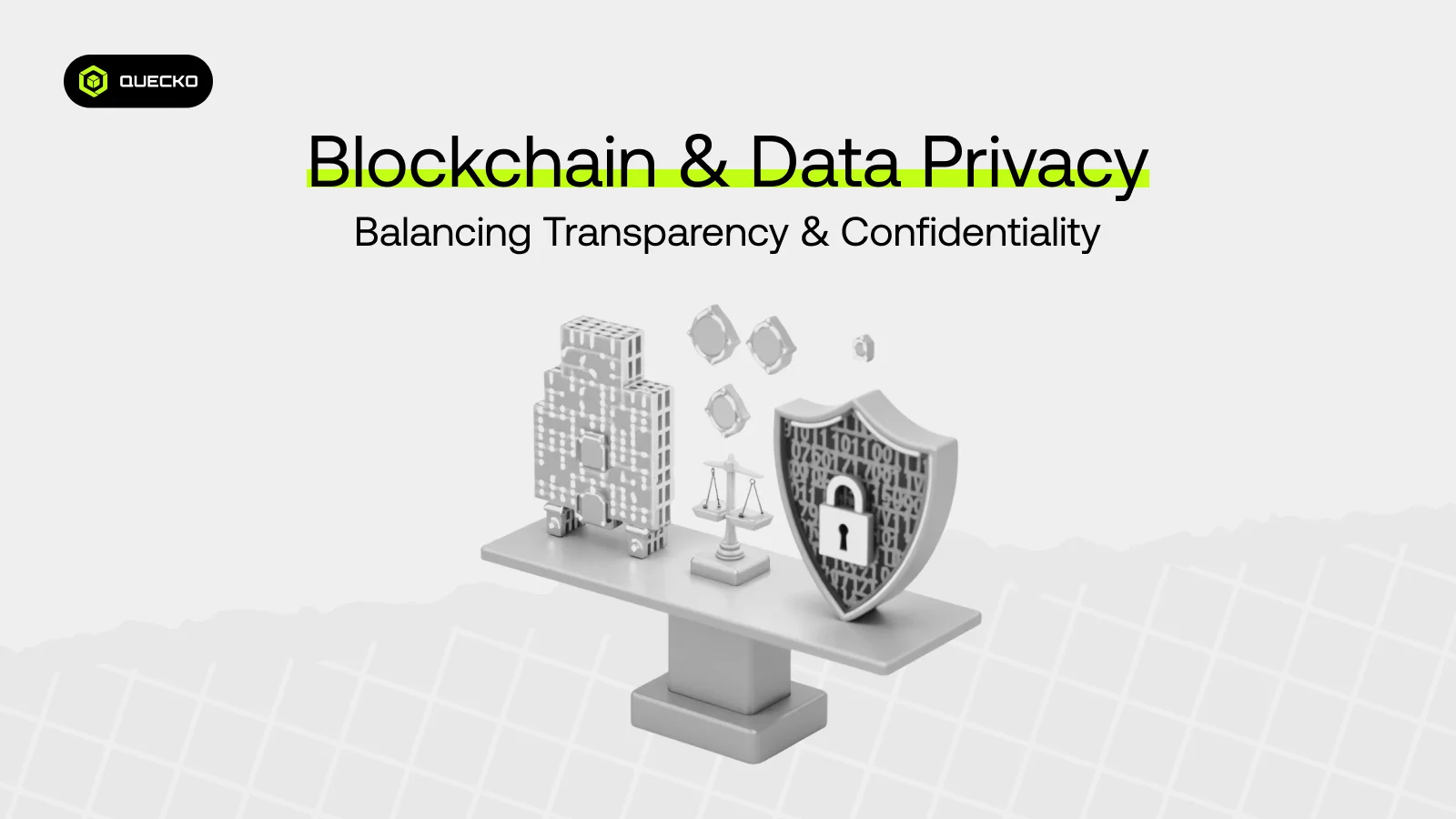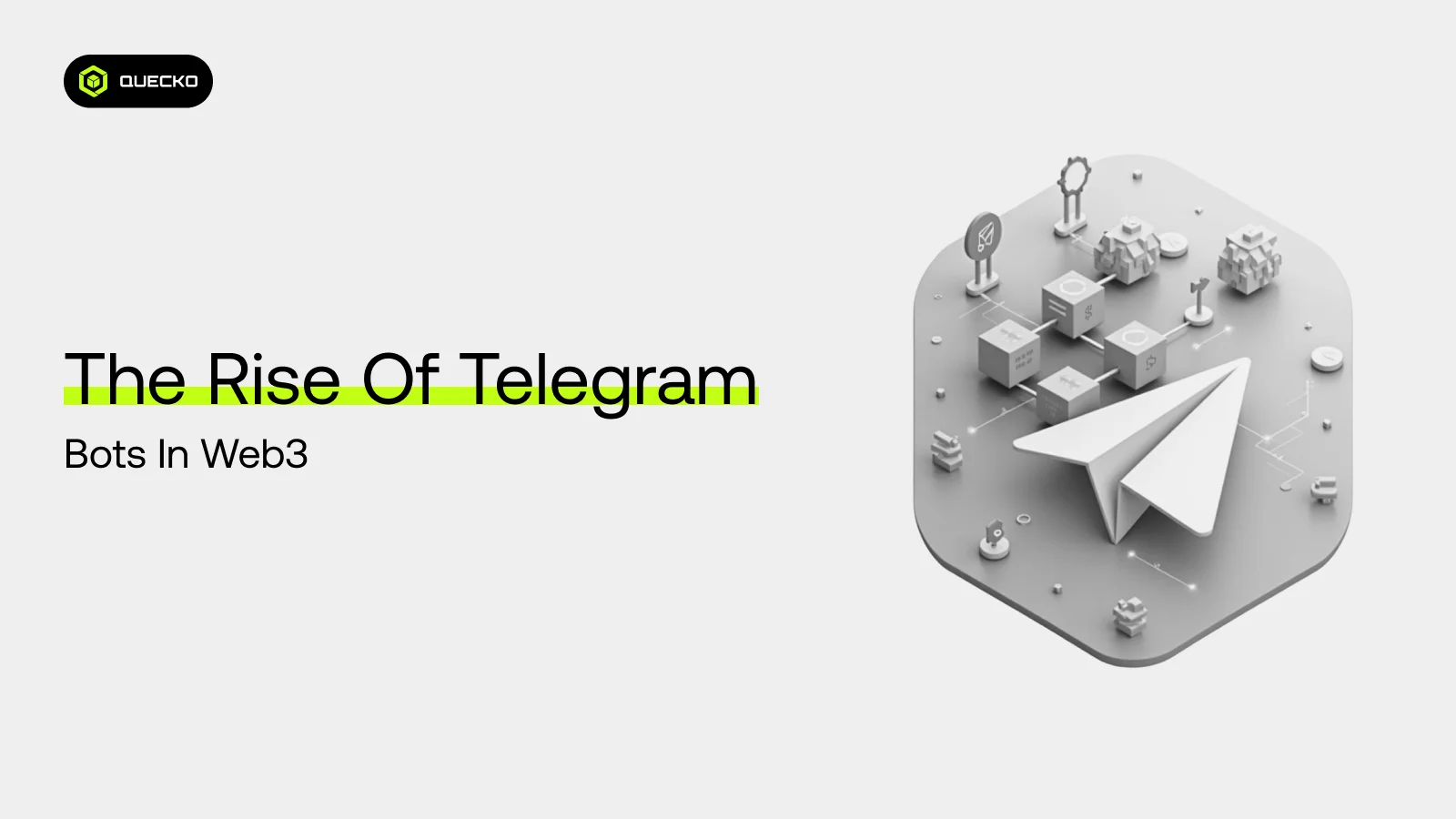The Comeback of NFTs: What’s Different This Time
NFTs are making a strong comeback in 2025, but this time, it’s not just about art. Discover the new trends and utilities reshaping the NFT space.

NFTs (Non-Fungible Tokens) first exploded in popularity around 2021. They promised new ways to own and trade digital assets, from art and music to virtual real estate and collectibles. During this period, we saw digital artwork being sold for millions, celebrities launching NFT projects, and marketplaces like OpenSea gaining massive traction. However, after the initial hype, the NFT market crash exposed the weaknesses of unsustainable growth and lack of utility.
Many viewed NFTs as a speculative bubble. Projects failed, scams flourished, and overall enthusiasm plummeted. As quickly as NFTs rose, they seemed to fall, causing many to label them a passing trend.
2025: The Comeback Looks Very Different
In 2025, NFTs are making a strong and surprising comeback and this time, the story is very different.
Unlike before, today’s NFTs emphasize real-world utility, deeper blockchain integration, and long-term solutions to earlier problems. The space has matured, and NFTs are no longer just about art or collectibles.
The space has matured, and NFTs are no longer just about art or collectibles. Today, owning a digital collectible can mean access to private clubs, voting rights in DAOs, or even a share in real-world assets.
What Went Wrong During the First NFT Boom?
To understand the comeback, it’s essential to revisit the issues that plagued the initial NFT wave:
Speculation Without Substance
Many early NFT buyers were more interested in flipping assets for profit than using them for their intended purpose. The lack of real utility led to unsustainable valuations.
Fraud and Scams
The early NFT era was plagued by rug pulls, stolen artwork, and fake profiles. Trust eroded quickly, especially among newcomers.
Complex User Experience
Setting up wallets, paying high gas fees, and navigating confusing marketplaces made onboarding difficult for the average user. At that time, access to NFTs was limited to a handful of market gate platforms, which acted as barriers instead of bridges for mainstream users.
Environmental Concerns
Ethereum’s proof-of-work model consumed a lot of energy, leading to criticism from environmentalists and ethical investors.
Legal Uncertainty
Ambiguity around intellectual property (IP) rights and copyright infringements created legal gray areas. Without clear laws, mainstream adoption stalled.
These combined factors led to a significant market correction. Unlike the short-lived bull market of 2021, today’s growth is being driven by genuine innovation, utility, and infrastructure improvements rather than hype alone.
What’s Different About NFTs in 2025?
User experience is now more seamless and scalable. These advancements have created a more welcoming environment, helping the NFT market recover its momentum and attract a new wave of users, creators, and institutional players.
Real Utility Takes Center Stage
Modern NFTs aren’t just collectibles. They offer real-world applications:
- Access Tokens: Membership to exclusive communities, gated content, and real-world events.
- Identity & Credentials: Verifiable certificates for education, work experience, and KYC.
- Asset Tokenization: Ownership of real-world assets like real estate, cars, and luxury watches.
- Gaming Items: Tradable, usable, and interoperable in-game assets that hold real value across platforms. From indie developers to AAA studios, the crypto game model is gaining traction by rewarding players with true asset control. Innovations like Durov time, which improves blockchain timestamp accuracy and transaction ordering, are helping NFTs become more reliable and user-friendly.
Big Brands and Enterprises Are Onboard
Trusted institutions are pushing NFT adoption:
- Nike’s .SWOOSH offers digital wearables and experiences.
- Starbucks Odyssey uses NFTs to reward customer engagement.
- Adobe Creative Cloud uses NFTs to authenticate digital artwork.
- LVMH and Prada have launched luxury NFTs linked to physical items.
Enterprise-level adoption is lending legitimacy and stability to the market. This wave of adoption also reduces reliance on early market gate holders who previously controlled access and visibility in the NFT ecosystem.
Improved Technology and Scalability
Thanks to technical upgrades:
- Ethereum Merge: The shift to proof-of-stake has reduced energy use by over 99%.
- Layer 2 Solutions: Optimism, zkSync, Arbitrum, and others have slashed transaction fees and increased speed.
- Cross-Chain Interoperability: Projects like Wormhole and LayerZero make NFTs usable across blockchains.
User experience is now more seamless and scalable.
Legal Clarity and Enforceable Royalties
New licensing standards (like Creative Commons for NFTs) are emerging, and smart contracts now automatically enforce royalty payments. This empowers creators and ensures ongoing earnings from secondary sales. With clearer licensing standards, creators can now confidently participate in the secondary market, knowing their royalties are protected through smart contracts.
NFT Use Cases Shaping the Future
Here are some groundbreaking NFT use cases that are revolutionizing the future:
Tokenized Real-World Assets (RWAs)
NFTs now represent tangible items:
- Real Estate: Platforms like Propy tokenize property titles for transparent ownership.
- Artwork: Galleries are issuing digital twins of physical art.
- Collectibles: Sports memorabilia and luxury watches have digital counterparts. Physical collectibles are now often paired with NFTs to verify authenticity and add digital perks, bridging the gap between tangible goods and blockchain verification. These represent some of the most impactful examples of tokenized real-life items, bringing blockchain technology to traditional markets in meaningful ways.
- Fractional Ownership: Buyers can own shares in expensive assets via fractional NFTs.
These use cases make blockchain technology more accessible to traditional markets. For example, in real estate, the transfer of ownership through NFTs can dramatically speed up paperwork, reduce fraud, and enable global participation in local property markets. This evolution has reignited serious interest in the NFT market, especially from sectors that once remained skeptical.
NFT Finance (NFT-Fi)
A new sector of decentralized finance is emerging around NFTs:
- Loans: Users borrow crypto by using NFTs as collateral.
- Fractionalization: Splitting high-value NFTs into tradeable ERC-20 tokens.
- Yield Opportunities: Staking NFTs for rewards or governance participation.
Protocols like NFT-Fi and Arcade are pioneering this space, enabling new revenue streams for NFT holders and injecting liquidity into the market. NFT-Fi is transforming digital ownership into a financial asset class with measurable yield and risk profiles.
Gaming and the Metaverse
NFTs are core to player-owned economies. Game developers are embracing NFTs to build more immersive, player-driven economies where users can truly own, trade, and profit from in-game assets. Whether it’s a casual mobile app or a competitive crypto game, NFTs enable true player ownership and real-world value from in-game achievements.
- In-Game Ownership: Players fully own items like skins, weapons, and avatars.
- Cross-Platform Play: Items can move between different games and ecosystems.
- Governance Rights: Players vote on game updates and policies via NFT-based governance. Whether it’s a powerful in-game weapon or a rare avatar skin, each item functions as a digital collectible that holds real, tradable value. Digital ownership is redefining how gamers interact with assets across platforms and ecosystems. Gunzilla Games is exploring these mechanics in upcoming titles, allowing players to influence gameplay decisions and development direction.
Projects like The Sandbox, Decentraland, and Illuvium are leading the charge, allowing gamers to own virtual land, attend concerts, build businesses, and monetize gameplay through NFTs. Studios like Gunzilla Games are also entering the space with high-quality AAA experiences powered by NFTs and blockchain integration.Each crypto game is building its own economy, where digital land, characters, and assets hold actual monetary value.
Emerging Trends: Soulbound Tokens and AI NFTs
- Soulbound Tokens (SBTs): Non-transferable NFTs tied to identity, useful for education credentials, medical records, or reputation systems.
- AI NFTs: Dynamic NFTs that evolve based on AI inputs or real-time data. Used in art, AI-Powered Trading Platform, and even virtual companions.
These technologies signal a future where NFTs are deeply integrated with social and cognitive systems, making them indispensable tools in both Web3 and traditional environments.
Additional Use Cases to Watch
Uncover the most impactful NFT use cases that are paving the way for a revolutionary future
NFTs for Supply Chain Management
Brands are using NFTs to verify product authenticity and trace supply chains:
- Luxury Goods: NFTs record the journey of a product from manufacturing to sale.
- Food and Pharma: Blockchain ensures freshness and quality control by tracking origin and handling.
This not only enhances transparency but also builds consumer trust and loyalty.
Ticketing and Event Management
NFTs are revolutionizing how we attend and experience events:
- Digital Tickets: Verifiable, tamper-proof tickets to concerts, sports, and conferences.
- Event Access: Holders may receive exclusive content, merchandise, or backstage access.
Platforms like YellowHeart and GET Protocol are already proving the value of NFT-based ticketing.
Educational Credentials
Universities and online platforms issue NFTs for diplomas, certifications, and course completions. These credentials are permanent, tamper-proof, and easily verifiable, helping to combat resume fraud and streamline job application processes.
Challenges Still Facing NFTs
While progress has been made, challenges persist:
- User Onboarding: Wallet creation, seed phrases, and blockchain selection still confuse newcomers.
- Regulatory Hurdles: Laws differ across regions, making global scalability tricky.
- Security Risks: Smart contract bugs and phishing attacks continue to pose threats.
- Valuation Models: Determining the value of utility-based NFTs is complex and often speculative.
- Additionally, trading volumes across marketplaces can still be volatile, influenced by trends, macroeconomic conditions, and public sentiment.
Projects and communities are actively addressing these pain points through UX improvements, education, and security audits. There is also an increasing push for open standards and cross-project collaboration to simplify user experiences.
How to Get Started with NFTs in 2025
If you’re new to NFTs or returning after the crash, here’s how to safely enter the space:
- Set Up a Wallet: Use MetaMask, Rainbow, or Coinbase Wallet. Ensure it’s secure.
- Choose a Blockchain: Ethereum, Polygon, and Solana are top choices for NFTs.
- Explore Marketplaces: Visit OpenSea, Blur, Rarible, or Magic Eden. Also explore crypto game launchpads and marketplaces like Fractal or Elixir to discover NFT-powered games with earning potential.
- Do Your Research: Read whitepapers, check Discord activity, and review team credibility.
- Start Small: Invest in low-cost utility NFTs to learn the ropes.
- Stay Safe: Never share your private key and avoid unknown links or DMs.
- Follow Thought Leaders: Keep up with NFT trends through experts on X (formerly Twitter), Substack, and YouTube.
- Experiment with Creation: Platforms like Zora and Manifold let you mint your own NFTs easily.
Looking Ahead: Why NFTs Matter Now More Than Ever
Whether you’re an artist, investor, or gamer, this new wave of NFTs offers more than ever before. If you wrote them off in 2022, now’s the time to look again. This time, the foundation is built to last, and the possibilities are more exciting than ever.
NFTs are no longer just digital novelties. They’re programmable assets that unlock real utility, drive engagement, and redefine how we interact with the digital and physical world.
Conclusion:
The NFT comeback in 2025 is not about hype, it’s about value, innovation, and real-world applications. With stronger infrastructure, legal protections, and enterprise adoption, NFTs are evolving into a core component of the digital economy. From tokenized real-world assets to seamless gaming integrations and dynamic digital identities, NFTs are expanding far beyond their original use cases. Their growing role in finance, education, and enterprise systems shows that the technology is no longer niche, it’s becoming foundational to how we interact with both digital and physical environments.Despite the setbacks of the previous bear market, the current wave shows signs of long-term sustainability and maturity.
Date
6 days agoShare on
Related Blogs

Blockchain and Data Privacy: Balancing Transparency and Confidentiality
1 day ago

The Comeback of NFTs: What’s Different This Time
6 days ago

Influencer Marketing for Crypto Projects: What Works in 2025
8 days ago

The Rise of Telegram Bots in Web3
13 days ago







